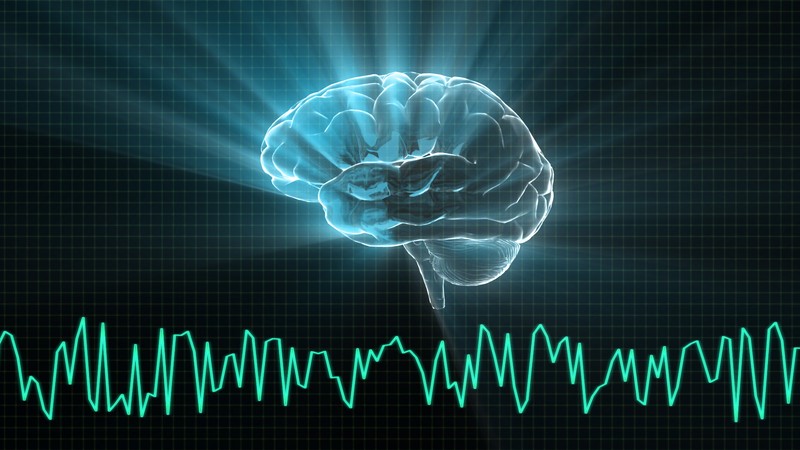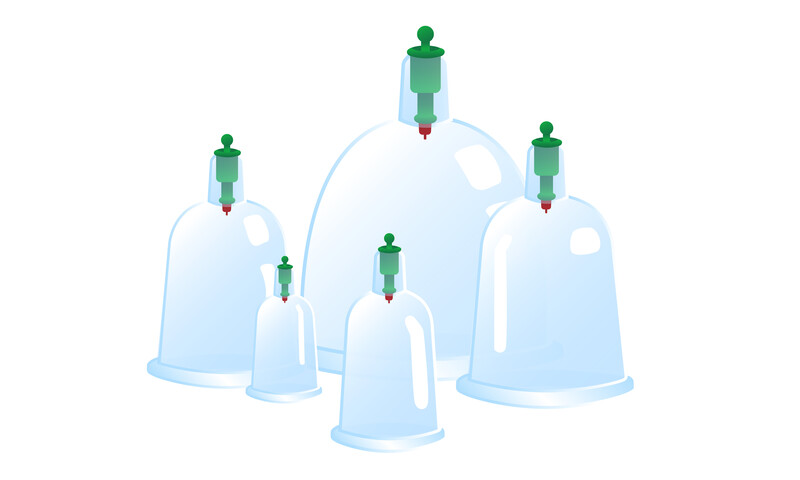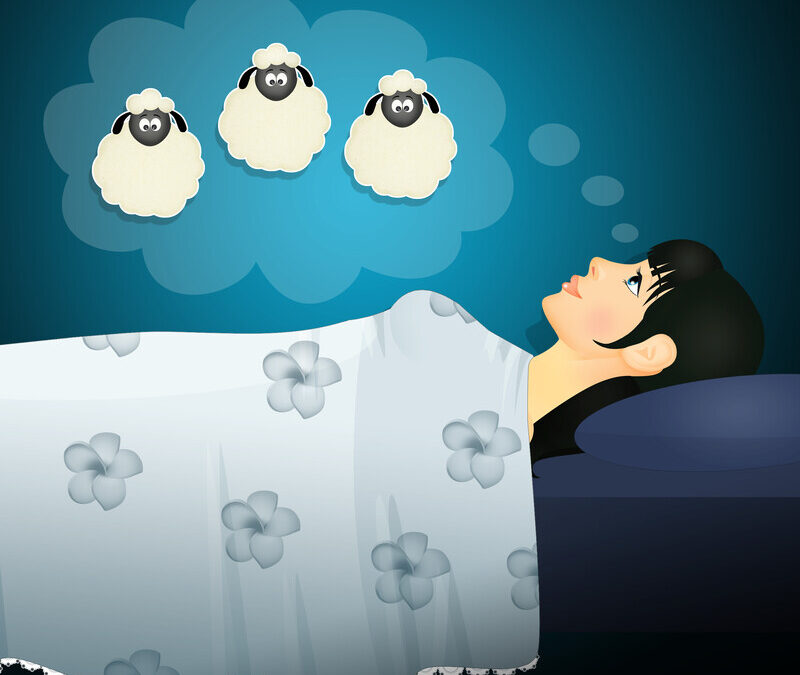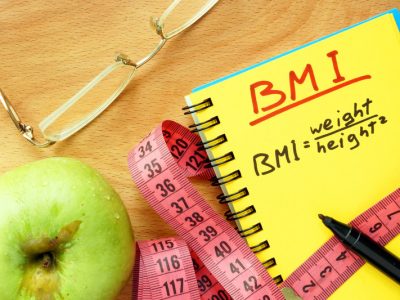
We have just about all experienced a headache from time to time. For most of us, it’s something that comes and goes and may be an inconvenience, but it doesn’t send us to another room seeking complete darkness and silence in an attempt to get relief. For millions of people who suffer from migraine headaches, that’s exactly what some may be doing when they feel the pain coming on. The good news is that there may be another option when it comes to finding relief from such pain.
According to the U.S. Department of Health and Human Services, there are nearly 30 million Americans who are affected by migraine headache pain. Furthermore, they report that it is the most common form of disabling headache which sends people to the doctor in search of relief (1). Migraine headaches are usually intense, with the person having throbbing pain on one or both sides of their head. They may also experience nausea, vomiting, and have sensitivity to light and sound.
For those looking for migraine pain relief, there is new research suggesting that transcranial direct current stimulation (tDCS), may be an option to consider. In the February 2015 issue of the Journal of the Neurological Sciences, researchers studied migraine patients who received 12 sessions of tDCS. In addition to administering the tDCS, they had the patients keep a headache diary for 90 days, recording their headache situation before, during, and after their treatments (1).
What they found was that there was a significant decrease in the number of migraine attacks, painkiller intake, and the duration of each attack that did happen. Their research concluded that tDCS on the visual cortex might be an alternative and non-pharmacological treatment for migraines.
For those who suffer from migraine headaches, tDCS offers another treatment option to consider. This painless, non-invasive, brain stimulation treatment stimulates specific areas of the brain through the use of electrical currents. Plus, the most common side effect that people experience with this type of treatment is that their scalp may tingle or itch slightly. For those who have migraines or frequent headaches, you might inquire about whether or not you would be a good candidate for this treatment. It should be noted that the FDA is not yet regulating these devices, and the FDA has not made a determination regarding their safety and effectiveness.
Sources:
- U.S. Department of Health and Human Services. Migraine fact sheet.
< http://www.womenshealth.gov/publications/our-publications/fact-sheet/migraine.html>
- Journal of the Neurological Sciences. 2015 Feb 15;349(1-2):33-9.
< http://www.ncbi.nlm.nih.gov/pubmed/25579414>







